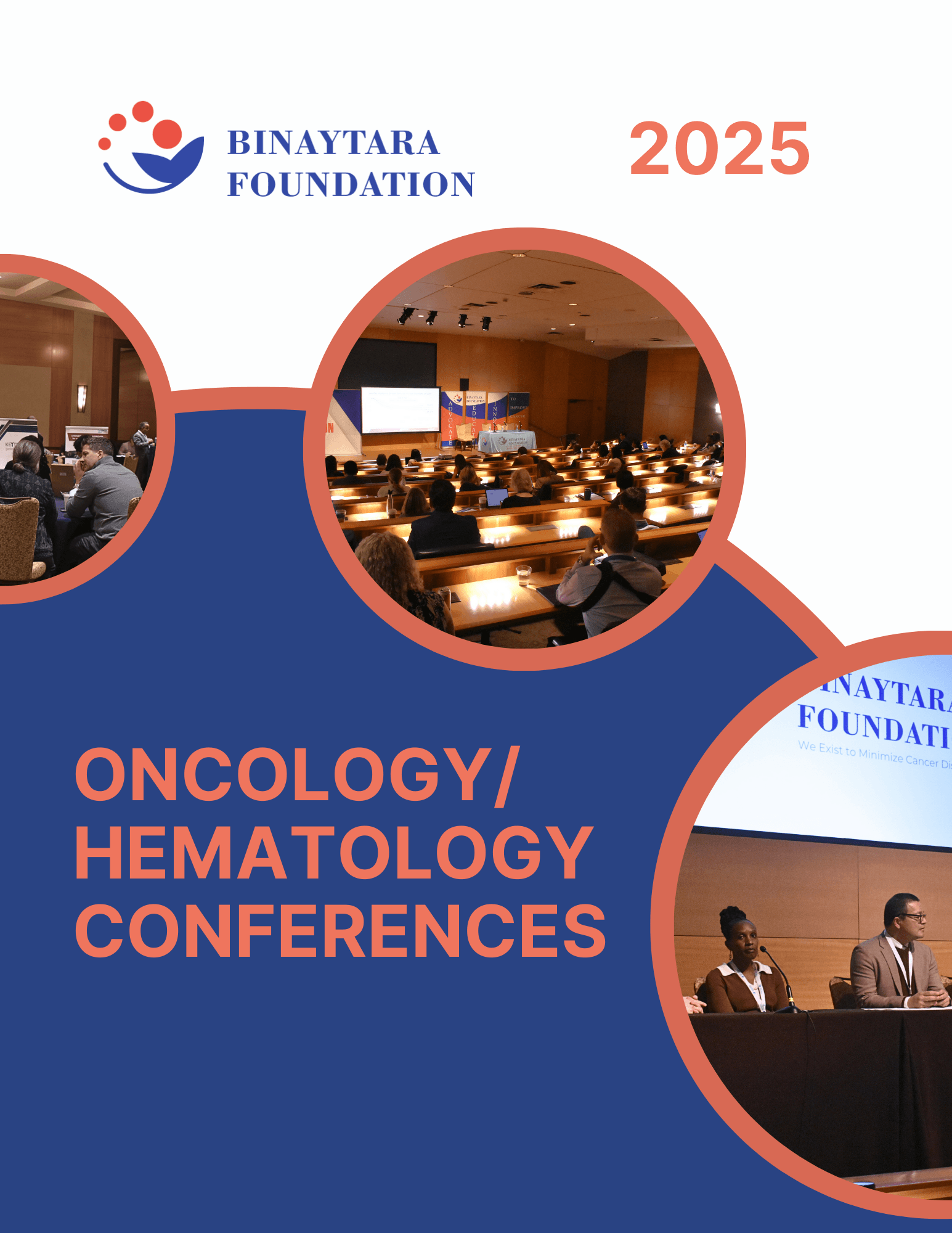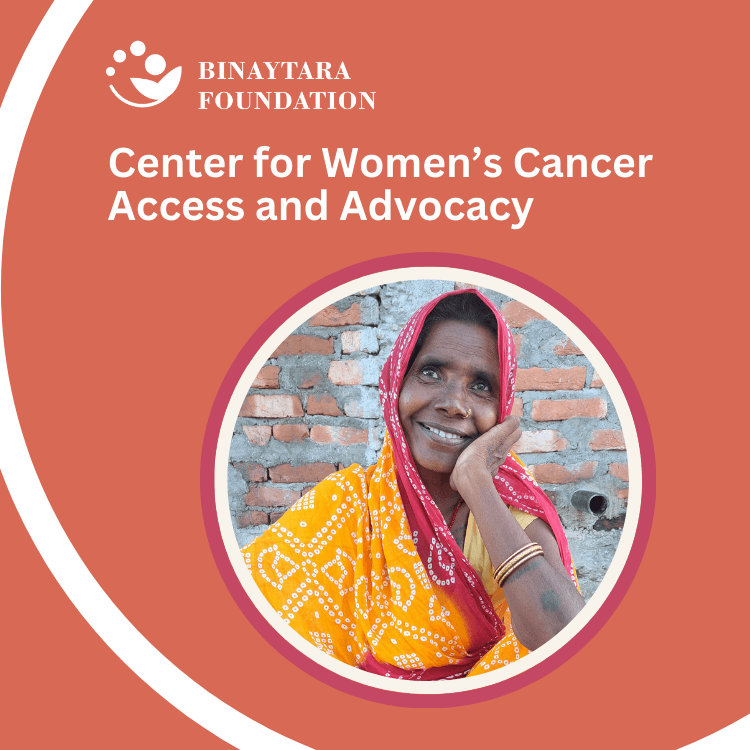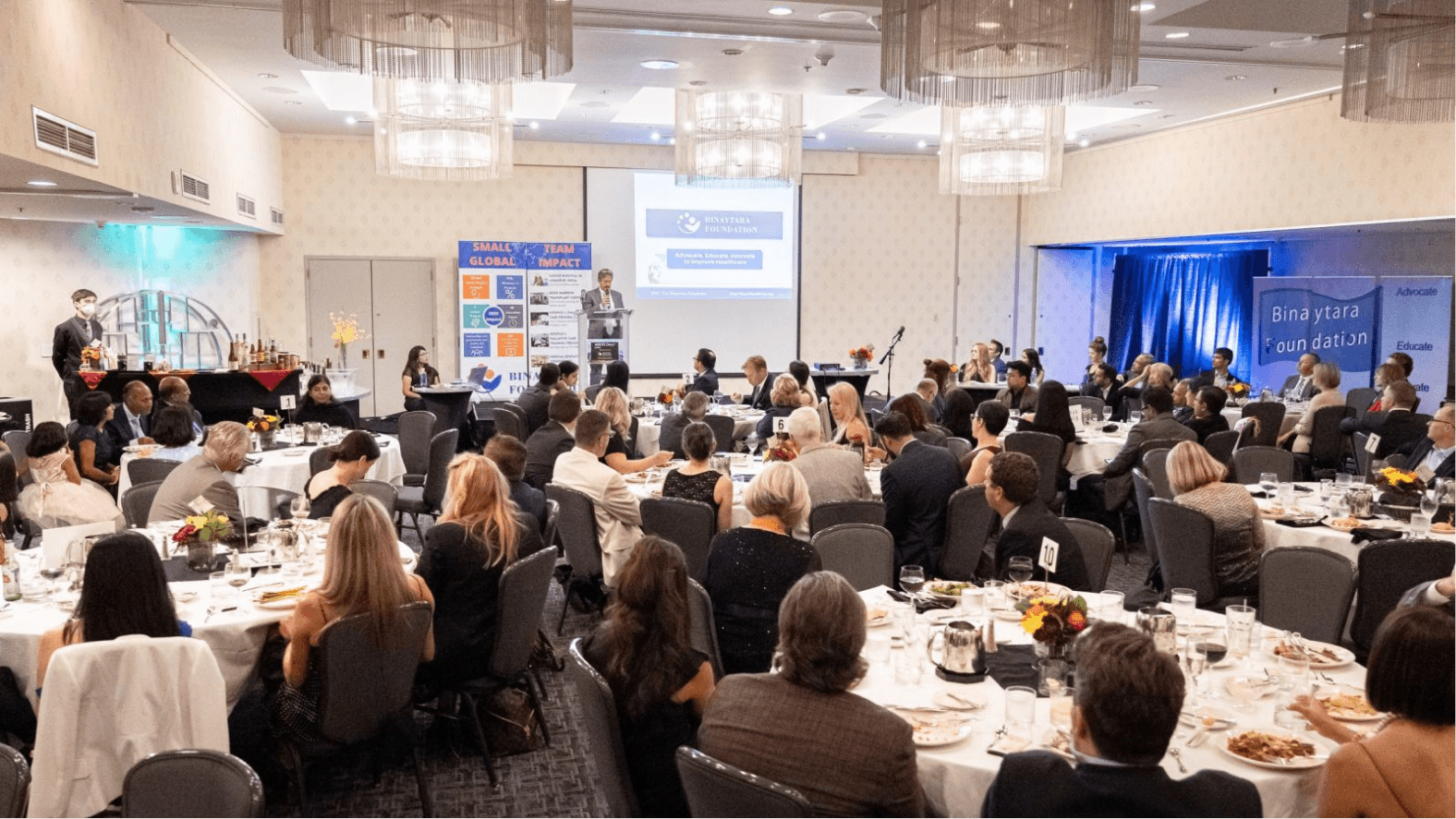
Binaytara Foundation: A Leader in Oncology/Hematology Education
We provide accredited education through conferences, webinars, and OncoBlast, offering innovative, engaging learning for healthcare providers.
2.
Together We Can Minimize Global Cancer Health Disparities
1 in 5 people will develop cancer in their lifetime.*

1/3 of premature cancer deaths were treatable.*

70% of cancer-related deaths are in low-and-middle-income countries.*
1 in 5 people will develop cancer in their lifetime.*

1/3 of premature cancer deaths were treatable.*

70% of cancer-related deaths are in low-and-middle-income countries.*
Our Impact by the Numbers
0+
Oncology/Hematology Conferences Annually
0+
Credits of CME-accredited education provided
0+
Cancer Healthcare Professionals Educated
0+
Patients Served at Our Hospital in Janakpur, Nepal
- Expanding access to effective and affordable cancer care through world-class cancer centers, especially in low-resource settings.
- We run a 25-bed cancer hospital in Janakpur, Nepal. Services include cancer screenings, chemotherapy, surgery, and lab services.
- Expanding access to effective and affordable cancer care through world-class cancer centers, especially in low-resource settings.
- We run a 25-bed cancer hospital in Janakpur, Nepal. Services include cancer screenings, chemotherapy, surgery, and lab services.
Stay Connected with the Binaytara Foundation– Your Gateway to Impactful Cancer Care Updates and Inspiring Stories
Subscribe to our newsletter for the latest insights, inspiring success stories, and ways you can make a difference in cancer care.

Hawaii Gastrointestinal Cancers Summit
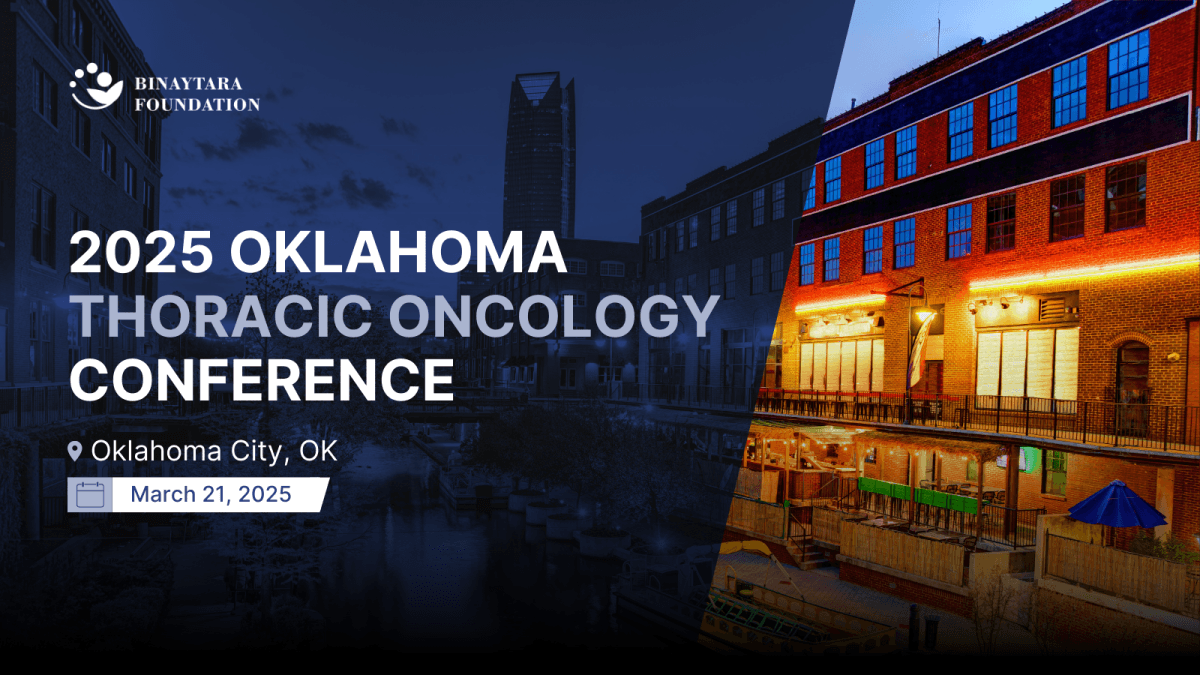
2025 Oklahoma Thoracic Oncology Conference
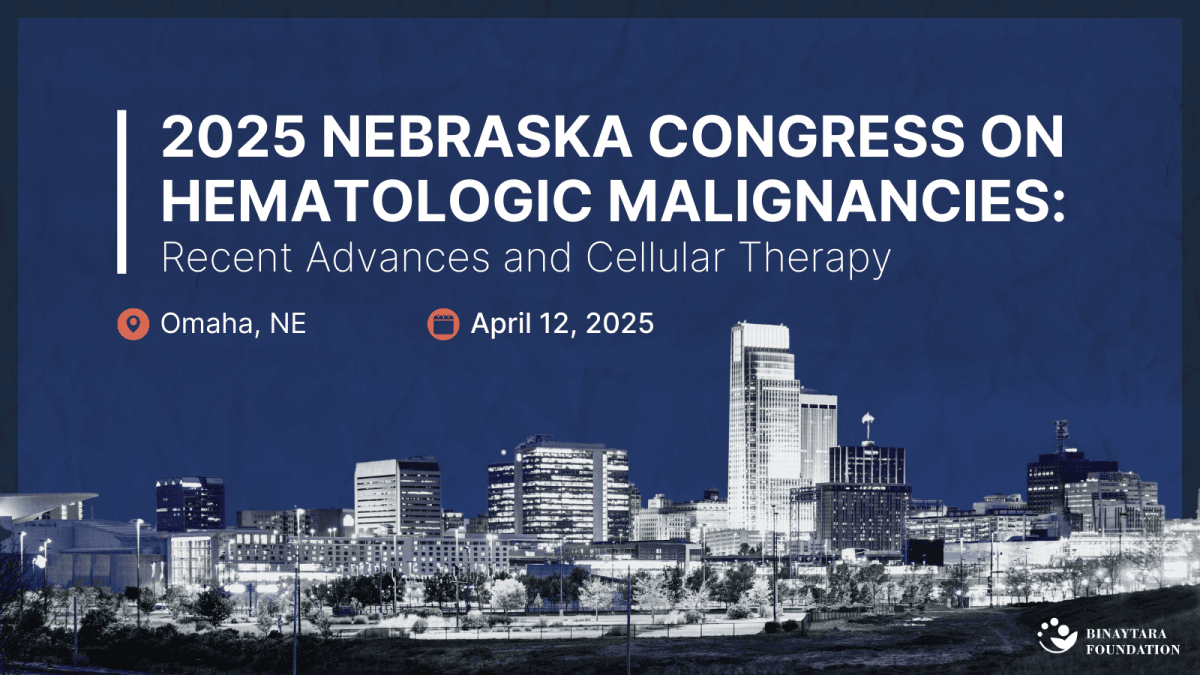
2025 Nebraska Congress on Hematologic Malignancies: Recent Advances and Cellular Therapy
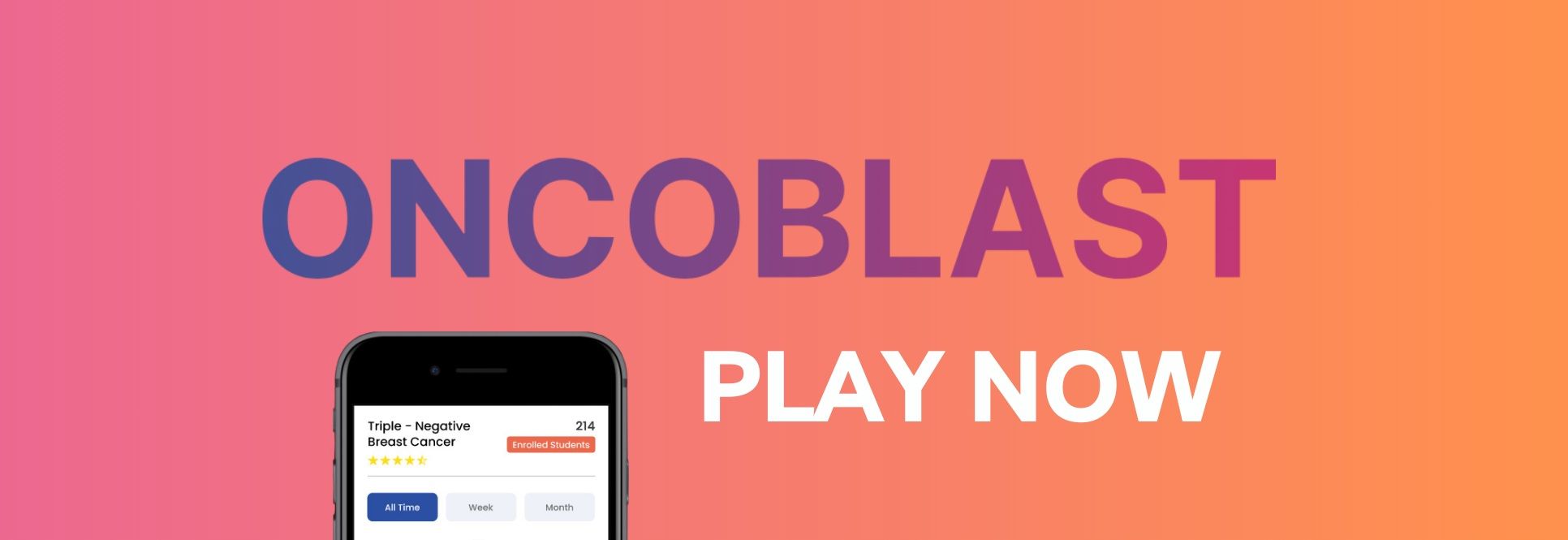
OncoBlast: The World’s First Gamified Learning App CME-Accredited Oncology Courses for Oncology Professionals
Learn More
Binaytara Foundation’s 5-Year Strategic Plan: A Comprehensive Blueprint For Global Cancer Care
Learn More
The Ripple Effect Of Investing In Women’s Cancer Care: Empowering Economies, Families And Society
Learn MoreYour Support Can Change Lives
Every action – whether it's your time, resources, or expertise – helps bring life-saving cancer care to those who need it most
Build Your Own Fundraiser
Create a personal fundraising page, share your story, and rally your network to support vital cancer care initiatives. From funding screenings to life-saving treatments, your efforts directly transform lives, ensuring equitable healthcare access for underserved communities.
Rally Your Peer-To-Peer Network
Spread the word to turn compassion into action. Inspire your friends and family to support life-saving cancer care. Every dollar raised through your network brings us closer to reducing global cancer disparities.
Be A Volunteer
We offer diverse opportunities across various areas, from fundraising and conference support to social media, marketing, IT, and education. By contributing your skills and expertise, you can directly support our global mission, including vital work in Nepal and other underserved regions. Explore available roles by visiting our Volunteers page.
Submit An Abstract
Your abstract submission drives progress in oncology. By sharing your research with the Binaytara Foundation, your work empowers healthcare professionals worldwide to stay updated on cutting-edge treatments, ultimately improving patient outcomes.
Join Our Team
We seek passionate individuals committed to reducing health disparities through impactful initiatives and innovative solutions. Explore diverse opportunities and become part of a mission-driven team shaping the future of oncology care.
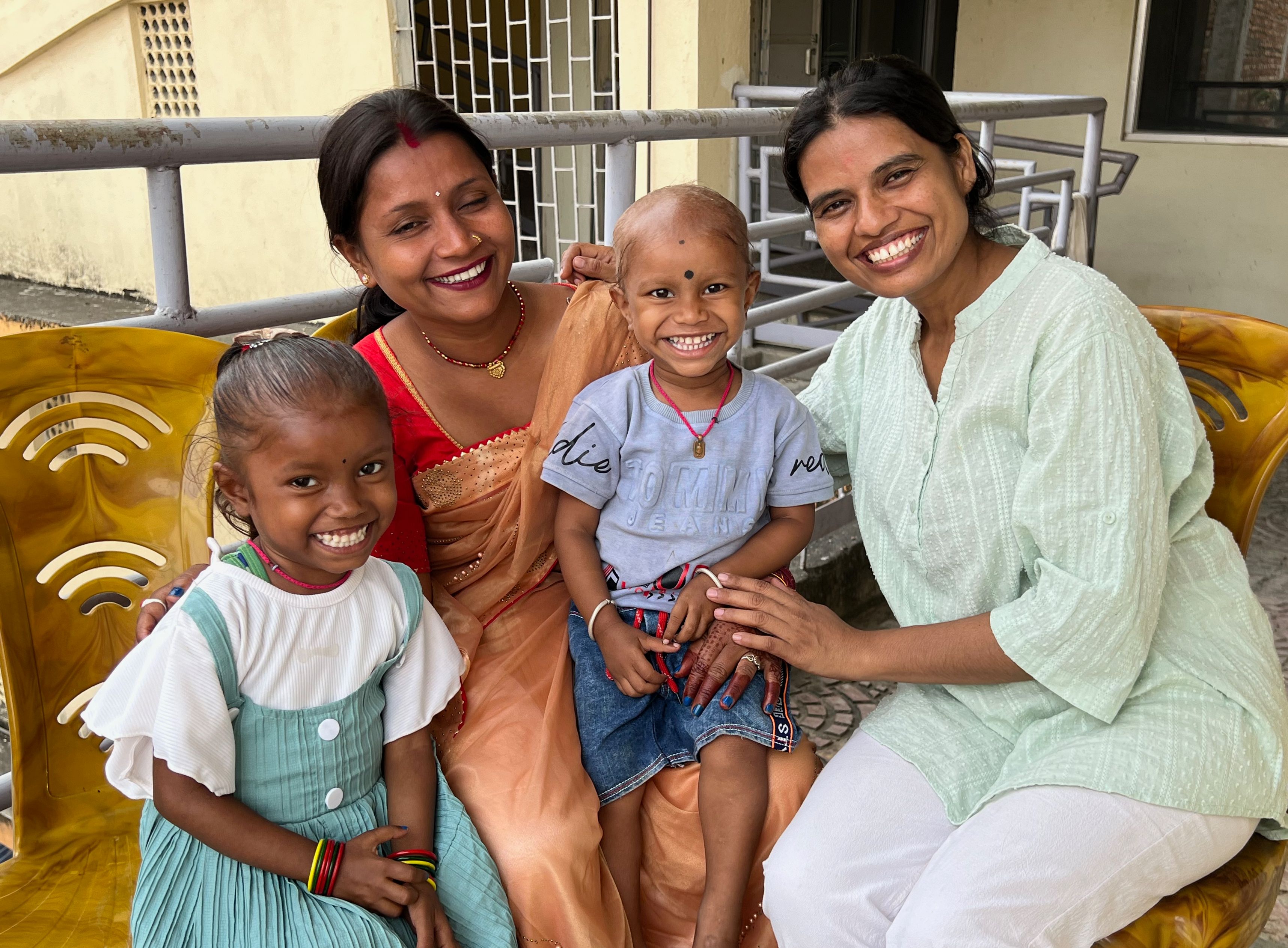
Help build the Binaytara Cancer Hospital and Research Center
Be a part of creating a brand new, comprehensive hospital and develop the next generation of cancer doctors and nurses. $150 builds one square foot. $30,000 funds a fellowship to train an oncologist. $10,000 funds a fellowship to train a nurse. Your donation will help provide much needed cancer care to 20,000 cancer patients every year. You will have a lasting impact for years to come.
Donate TodayGet in touch or visit us
3380 146th Pl SE, Suite 330
Bellevue, WA, 98007
425-616-0572

